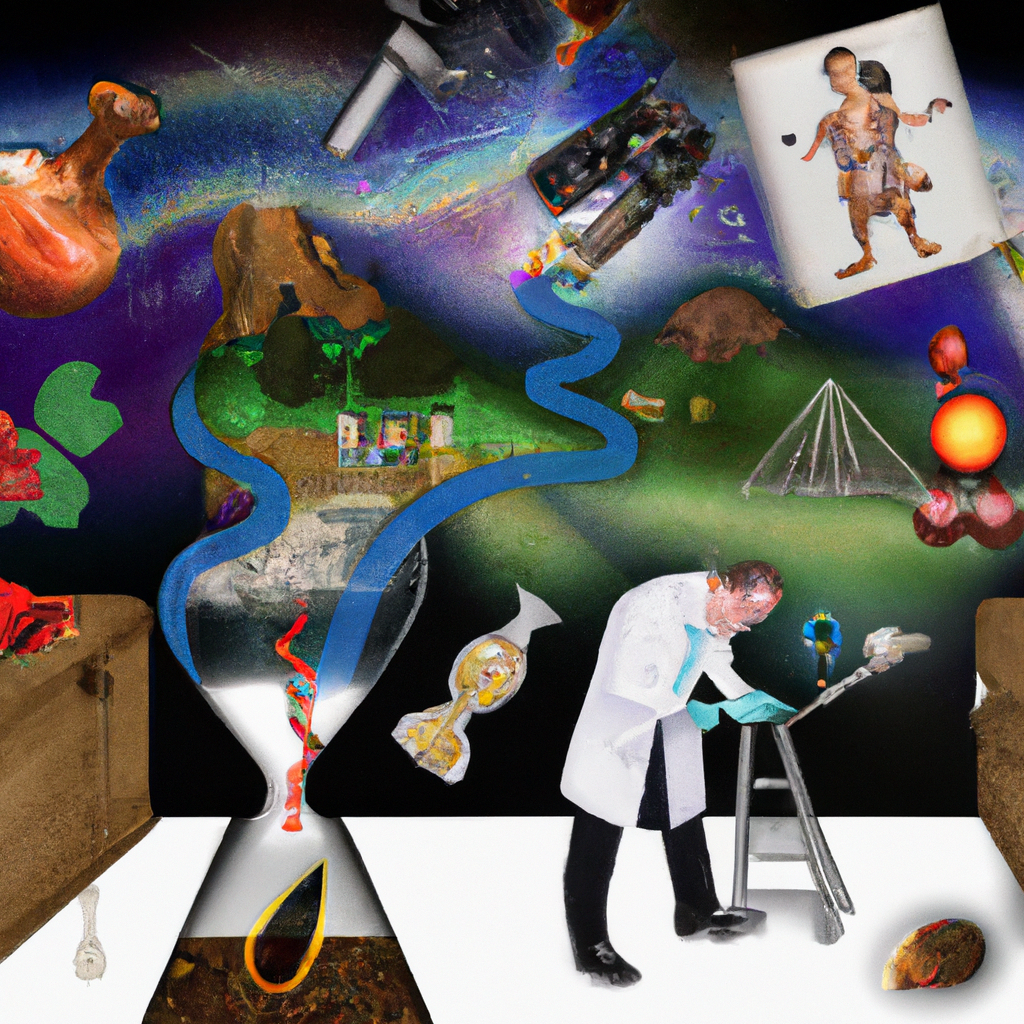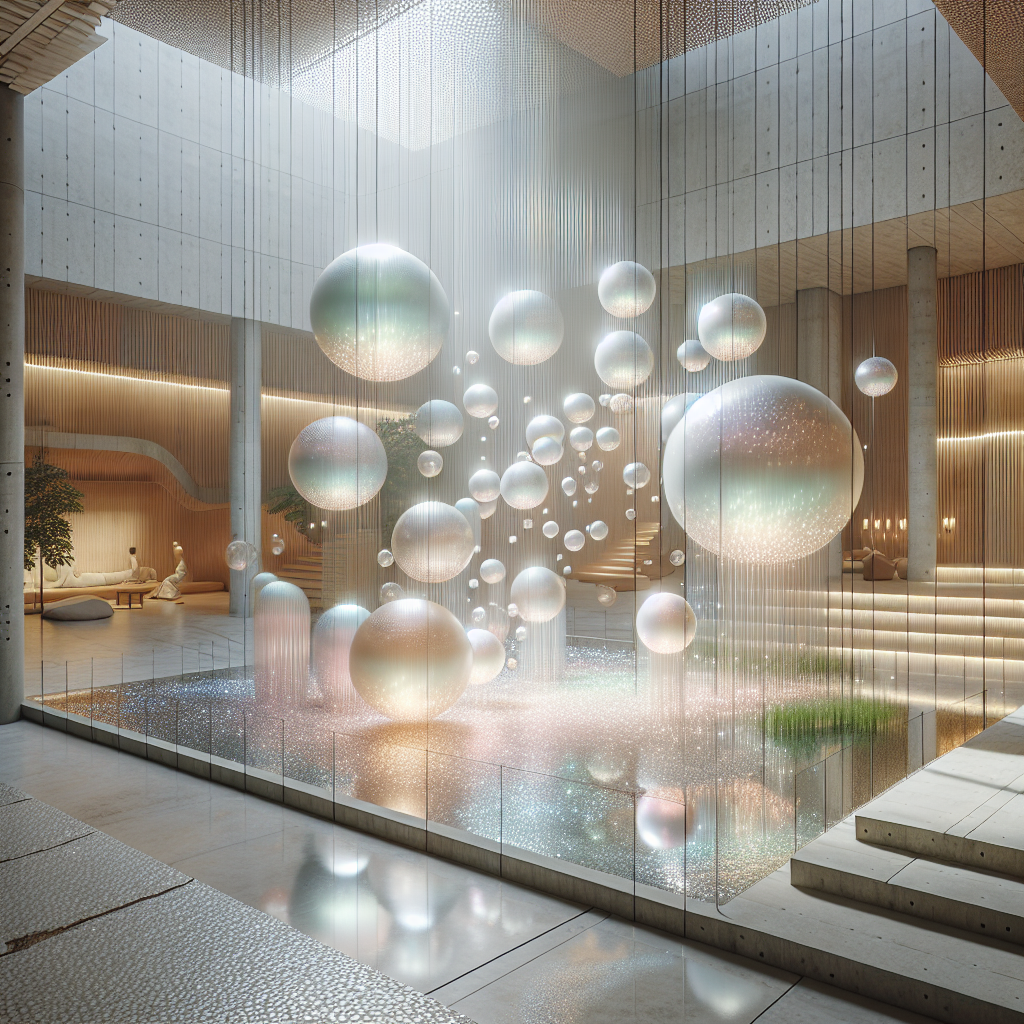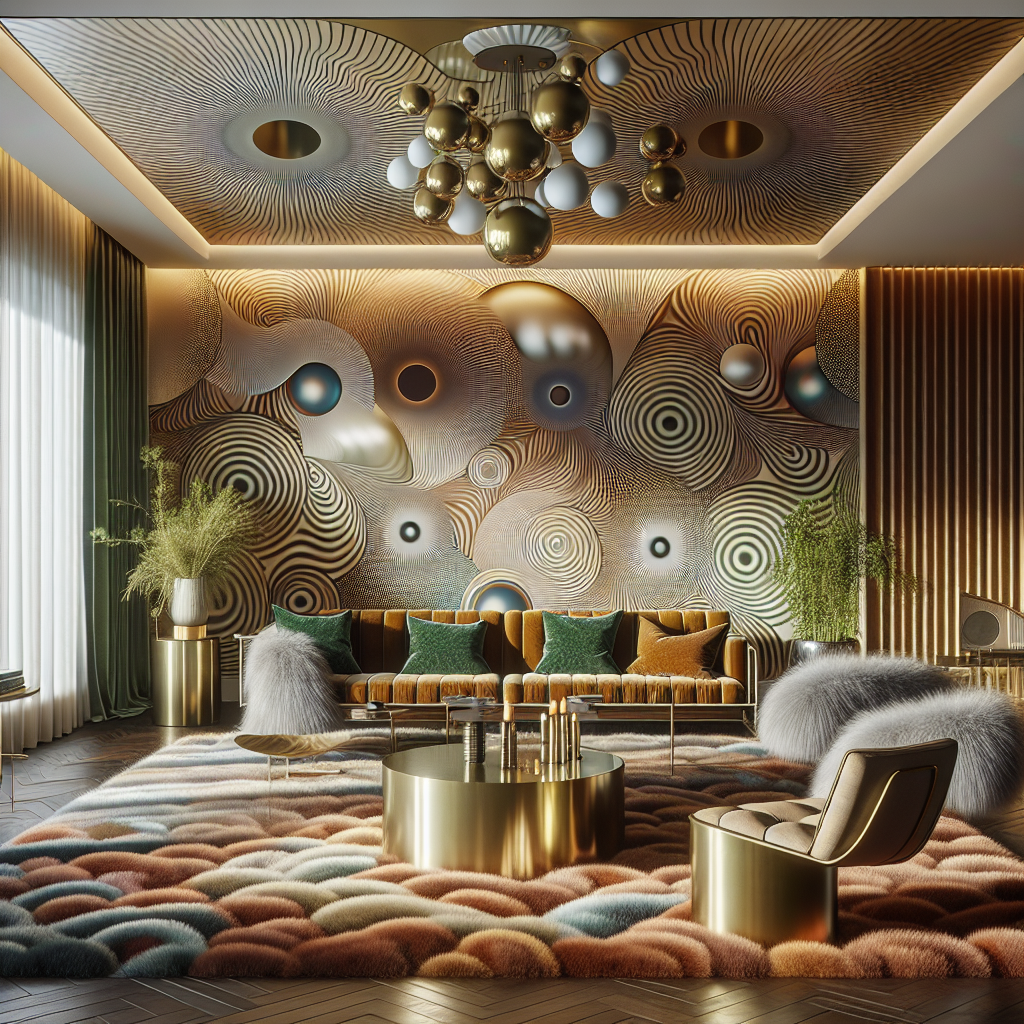Flipping Perceptions: The Revolution in Furniture and Lighting Design That’s Turning Heads and Rooms

Innovative Furniture Designs
Peter Opsvik’s ‘Gravity Balans’ Chair
Unshackling conventional design principles can yield extraordinary outcomes, and nowhere is this more evident than in the realm of furniture and lighting design. As we embrace the age of innovation, designers are boldly challenging the status quo, turning design upside down—quite literally.
Ground-breaking designers are pioneering the reimagination of furniture and lighting elements, deconstructing traditional norms to rewrite the language of design. These avant-garde creators are harnessing cutting-edge technology, employing new materials, and blurring the lines between art and functionality.
Let’s delve into this fascinating landscape, where designers are artfully transforming our everyday environment with audacious creativity.
The field of furniture design has been revolutionized by those daring to push the boundaries. One striking example is the work of renowned designer, Peter Opsvik. His iconic ‘Gravity Balans’ chair defies gravity and conventional seating design by allowing users to recline almost horizontally. This design not only challenges standard furniture design but also promotes a healthier posture.
Duffy London’s ‘Floating Dining Table’
Similarly, innovative design studio Duffy London caught the world’s attention with the ‘Floating Dining Table’. Combining magnetic levitation and classic craftsmanship, this table suspends metallic orbs in mid-air, creating an illusion of floating.
Revolutionizing Lighting Design
Droog’s ‘Upside-Down Floor Lamp’
Advancements in lighting technology have ignited a creative revolution. Designers are illuminating spaces in ways that would have seemed unimaginable decades ago. The ‘Upside-Down Floor Lamp’ by Dutch design firm Droog showcases this shift. The floor lamp, typically a static, upright fixture, is reinvented as a dynamic, inverted light source that casts an unexpected glow on the room.
&Tradition’s ‘Light Forest’
The ‘Light Forest’ from Scandinavian design house &Tradition is another intriguing example. This lighting system, with branches of adjustable light sources, challenges the static nature of traditional lighting, allowing users to tailor their illumination according to their needs.
The Intersection of Technology and Design
Nosigner’s ‘Einstein Table’
New technology is accelerating these design transformations. The advent of 3D printing is opening up new possibilities for custom furniture and lighting designs, while the Internet of Things (IoT) is turning everyday objects into smart devices.
Japanese design studio Nosigner is utilizing these advancements to create furniture pieces like the ‘Einstein Table’. This 3D printed table, inspired by the space-time concept, warps traditional design with its deconstructed lines and surfaces.
Philips Hue’s Smart Lighting System
On the other hand, Philips Hue’s smart lighting system demonstrates how IoT can redefine our interaction with light. By connecting to your smartphone, this system allows you to control the intensity, color, and timing of your lights, turning lighting design into a more immersive, personalized experience.
The Future of Furniture and Lighting Design
The trend of turning design upside down signals a larger shift in our perception of furniture and lighting design. It’s a call to continually challenge and rethink the norms, to foster a culture of innovation and adaptability.
As we step into the future, expect to see more audacious designs that disrupt the conventional. Designers will continue to deconstruct, reinterpret, and reinvent, shaping a world where the ordinary becomes extraordinary.





